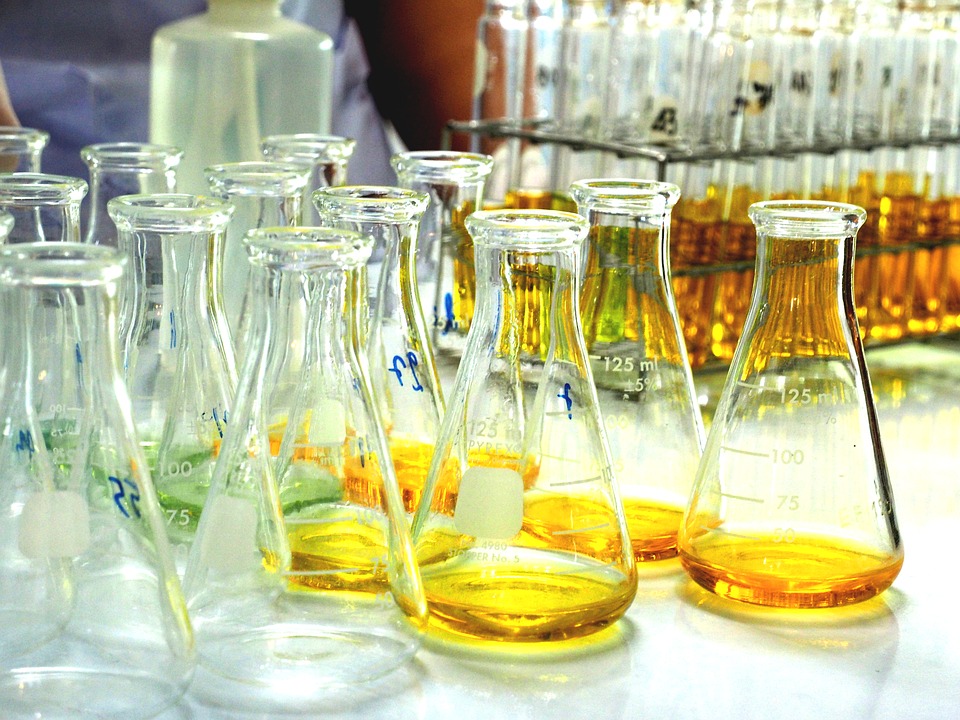5 Essential Items Every Laboratory Needs
 Every laboratory is unique, and they all need unique items so that the researchers can conduct their experiments. They also need a basic set of fundamental equipment that is common to every laboratory. Some of those necessary items are for safety, while others are basic experimental tools that almost every project will need at some point during the work. Most of these items are so basic that researchers never think about their presence, even when planning a new laboratory, so it’s vital for every scientist to make an effort to keep them in mind when stocking their workspace.
Every laboratory is unique, and they all need unique items so that the researchers can conduct their experiments. They also need a basic set of fundamental equipment that is common to every laboratory. Some of those necessary items are for safety, while others are basic experimental tools that almost every project will need at some point during the work. Most of these items are so basic that researchers never think about their presence, even when planning a new laboratory, so it’s vital for every scientist to make an effort to keep them in mind when stocking their workspace.
1- Eyewash Station
Eyewash stations are among the most important safety features in a laboratory. The human eye is very easy to damage, especially during a chemical spill or other accident that could allow foreign matter to enter the eye. Prevention is the best defense against that problem, but it is usually possible to prevent a great deal of the damage by washing the contamination out of the eye as quickly as possible. Specialized eyewash stations offer the best chance of cleaning the eyes, so it’s important to have them scattered around the lab at regular intervals near any work station that could host chemicals of any kind. Most workers will hope to never use one of these stations, but they will be glad to have them if they ever find themselves in an emergency situation.
2- Fume Hood
Fume hoods are also vital for laboratories that work with any kind of chemical. There are a few different kinds, but they all work by capturing chemical fumes in a safe place and venting them out of the laboratory without exposing any workers to them. Given that many common laboratory chemicals can be dangerous to humans when inhaled, and even many that seem safe can cause damage over many years of exposure, these hoods are necessary in almost every laboratory.
Individual laboratories might need specialized fume hoods to deal with certain chemicals. The specialized models aren’t strictly necessary in every laboratory, but many do need them eventually for specific experiments. Laboratories that are intended for general use, or that can expect multiple owners in the long term, should generally try to include specialized fume hoods to make sure that future experiments do not get delayed while the researchers wait for them to get installed at a later date.
3- Sterilizing Goggle Cabinet
Goggles are the first line of defense against chemical spills, but they can also be breeding grounds for bacteria. The easiest way to keep them sanitary is to store them in a sterilizing goggle cabinet. These cabinets use UV light to kill the bacteria that are living on the goggles after the researchers put them away. That ensures that the goggles don’t accumulate dangerous microbes and end up doing more harm than good for their wearers. As a bonus, storing the goggles in a designated cabinet makes sure that nobody ends up misplacing their goggles and having to buy replacements.
4- Sinks
Every lab need a source of water, both for experiments and for simple cleaning. A sink that is equipped to provide distilled water is best, but a standard model for washing hands and basic gear is also vital. Small laboratories can get by with a single sink, but larger laboratories will want one for every few work stations to prevent overcrowding and long lines. It’s also important to make sure that the sink is made from a stable material that won’t suffer damage if any chemicals get spilled on it by accident.
5- Hot Plates
Having a source of steady heat is just as important for most laboratories as having a source of water. There are a few different ways to get that heat, but hot plates are often the best choice for general use. It is vital to get a quality model to make sure that the hot plate can always get precisely the correct temperature for the experiment and to make sure that it can hold up to heavy use without breaking down. In most cases, it’s best to get one hot plate for every work station in the laboratory because they are such a fundamental tool.

















